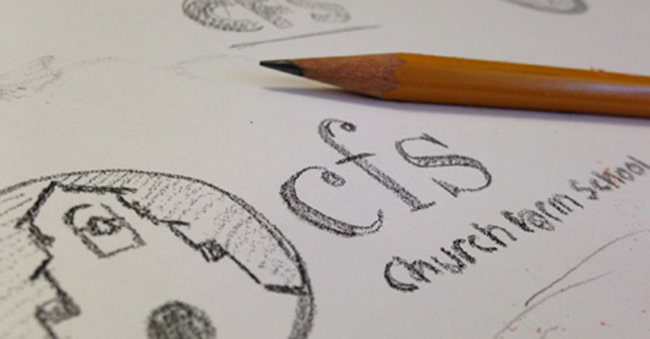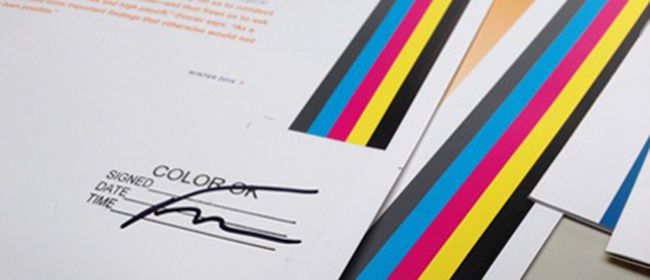Process
A GUIDE TO KELSH WILSON’S PROCESS
RESEARCH STRATEGY • CONCEPT DEVELOPMENT • CONTENT DEVELOPMENT • PRODUCTION Kelsh Wilson Design creates message-driven marketing communications, in print and on the web, for education, business, and nonprofits. Admissions / Advancement / Branding / Photography + Video
A GUIDE TO KELSH WILSON’S PROCESS
People considering launching a project with us often ask about our creative process. After all, working with an agency on a major communications effort is not something most people do every day, and it’s helpful to have some sense of what to expect. So here’s a quick overview. We organize our process into these four phases:
Research Strategy • Concept Development • Content Development • Production
The particular steps change a bit, depending on whether you are talking about a website or video rather than a printed piece, or if you are planning a multi-part communications program rather than a single project. However, the general contours of this approach hold.
Talking strategy
We begin our work with Research and Strategy, bringing your goals and your messages into focus, thinking about the communications challenges we need to meet, weighing the options at hand.
First, we always take time to assimilate any past research or strategic planning you’ve done. Second, we typically conduct focus groups and interviews to learn more about your organization and the audiences you need to reach, customizing the composition of these groups and our line of questions to meet your needs. And third, we think in detail about the way you will use the materials we create—how they will reach your audience and how you want them to work. This is one of the main topics at the in-depth initial meeting that brings together our project team and yours.
The dialog and thought that happen in this early phase of work are essential to the success of everything that follows. This is why we end this phase with a written statement—a Project Brief or a more extensive Report of Findings and Recommendations. This document becomes our guide for the project, and over the months that follow it can be an invaluable reference, helping keep us on course.
Getting creative
After Research and Strategy building, we move on to concept development. This is a time for our writers, designers, photographers, and web developers to come together and generate ideas.
How should this piece look and sound? What will give it impact? And what will make it the right instrument to do the job our client needs done?
People sometimes ask how we come up with something fresh every time. The answer is that every project brings together a different combination of creative thinkers with a different organization facing a different challenge. The uniqueness of the result is almost automatic.
We don’t ask, “What could we do that’s never been done before?” That tends to lead to gimmicky dead ends. We do ask, “What would feel just right for this organization?” Or “How can we take the inspiring glimpse of the place we’ve seen and capture it for the rest of the world?”
The result of this collaboration is a set of choices for you, our partner. We present these in the form of mock-ups showing sample covers and inside pages or home pages and sub pages—complete with photo ideas and sketch headlines. The point is to give everyone a very tangible sense of how the project will really look and work when complete.
We present these ideas to you. We weigh their relative merits. We discuss, debate and listen, and your questions and suggestions lead to refinements and revisions. This can also be a point to share our work in progress with members of your target audience, either in small informal conversations or focus groups.
WRITING AND SHOOTING
Once we reach agreement with our client about the creative concept for a project, we will often joke, “Now it’s just a matter of tying up loose ends.” Yes, this is a crazy overstatement, but it also holds some truth.
With an approved concept in place, the look, the tone, the content components, and the structure of a project are all decided. The most difficult judgments are behind us. Now, it’s time for content development—to write the text and shoot the photos and videos that will make the project real.
A couple of points are worth stressing here. The first is that there is no substitute for careful legwork at this stage: interviewing and background gathering, photo scouting and planning. The quality of the final result depends on attention to detail now. However, all this effort is made far more efficient because we are working to a well-defined plan. For instance, rather than setting our photographers free to rove your campus in search of beauty, we are able to give them ideas for the subject of every image on every page of your book or website. (click here for Kevin's advice on your photo shoot)
Although this description may suggest an almost military level of precision, we’re always on the lookout for the lucky photo we couldn’t have planned or the great story we didn’t know about before. The last ingredient in any great plan is flexibility.
At the end of this phase we are able to present an extremely accurate mock-up of what your finished piece will look—real photos and live text all in place and ready for review.
FINISHING THE JOB
The final phase of our process is production. The tasks it encompasses range from professional proofreading, to preparing printer-ready files, to supervising a project on press—something we do every time. In the case of web projects, production includes completing all the coding, populating the site with content, and testing.
In the production phase, our client’s main responsibility is to review work in proof stages. The balance of the labor falls to us. It’s a time to be exacting to the point of obsession, and we are. (click here for Fred's thoughts on print supervision.)
As you’ve probably guessed, the deliverable at the end of this phase is a finished project, ready for you and your audience—whether it’s in the form of 30 cartons fresh from the printer stacked on your loading dock or a new website, live online.
Now it’s time for you to go recruit students, raise money, or build your organization’s image and for all of us to track, as closely as possible, the impact of our work in helping you do yours. A nice celebration lunch is never a bad idea either!



